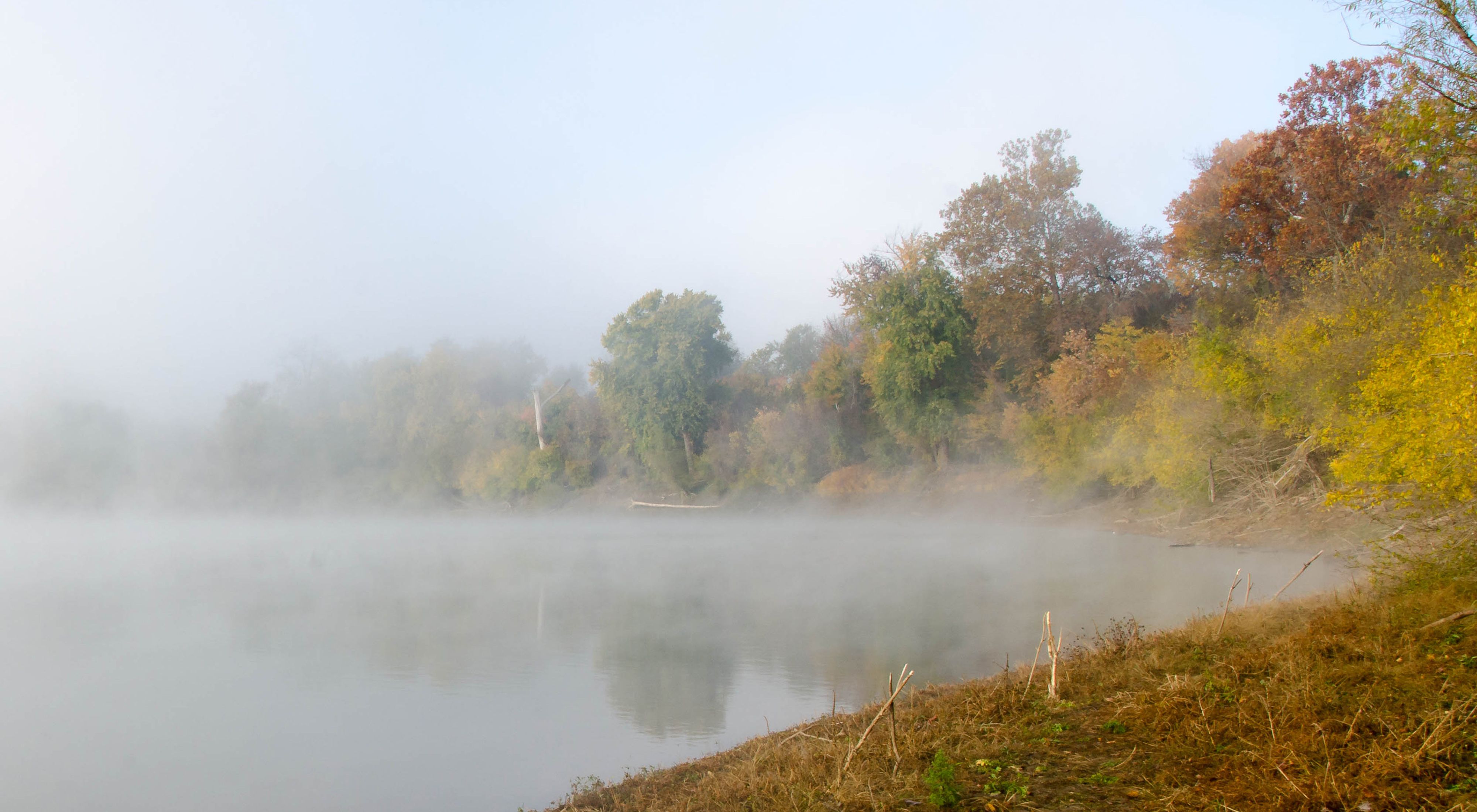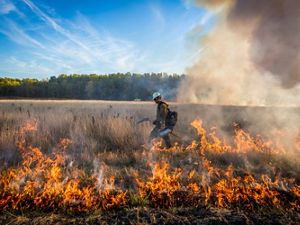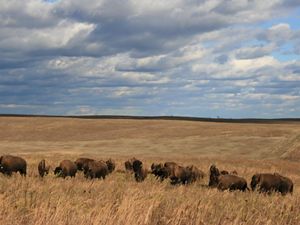Sustaining a vibrant future for the people and wildlife in Missouri
The Meramec River is beloved by Missourians as a favorite destination for floating, boating, fishing and swimming. But it’s more than just a fun place to visit.
The top-ranked watershed in the Midwest, the Meramec is an irreplaceable freshwater resource and a key tributary to the Mississippi River. It boasts tremendous biodiversity. Almost 300 aquatic or aquatic-dependent species have been recorded in the basin. Many of these are rare, sensitive and protected species, including 31 species of global significance—several which are found nowhere else on Earth.
Due to its path through several urbanized areas, the river also provides economic and recreational resources for local communities and supplies drinking water to approximately 70,000 households in the St. Louis area.
The Conservancy is collaborating with agencies, partners, and private landowners to implement a science-based Meramec River Conservation Action Plan that leverages efforts to keep this resource healthy for future generations. Spearheaded by The Nature Conservancy, with input from 29 partners, the plan serves as a conservation blueprint for people living and working in the watershed. The plan was derived from more than 40 existing conservation plans, policies and publications related to resource management in the Meramec River Basin. Businesses, government agencies, private landowners and conservation organizations can use the plan to determine best practices to protect, restore, and conserve the Meramec River's aquatic resources.
Since 2015, the Meramec River Basin has experienced several, record-breaking flood events. This has impacted many communities in Jefferson, Franklin and St. Louis counties.
In response, the U.S. Army Corps of Engineers is developing a Lower Meramec Floodplain Management Plan intended to serve as a blueprint for communities affected by these events. They held three workshops to collect input from citizens and share information about the plan. The Nature Conservancy attended all three workshops to promote nature-based solutions that should be incorporated into the plan.
The Meramec has also been threatened by overuse from activities such as inappropriate livestock usage, mining, stream bank erosion, and urban and suburban development. These activities cause erosion and sediment buildup, habitat disturbance and nutrient loading and contamination that results in poor water quality and degraded wildlife habitat. Habitat loss has also affected sport and recreational fishing.
You Can Help Protect the Meramec River
We rely on the generous support from individuals like you to continue this important work to keep the Meramec River healthy for people and nature. Please join us!

_1640x1230.jpg?crop=0%2C0%2C1640%2C1230&wid=300&hei=225&scl=5.466666666666667)

